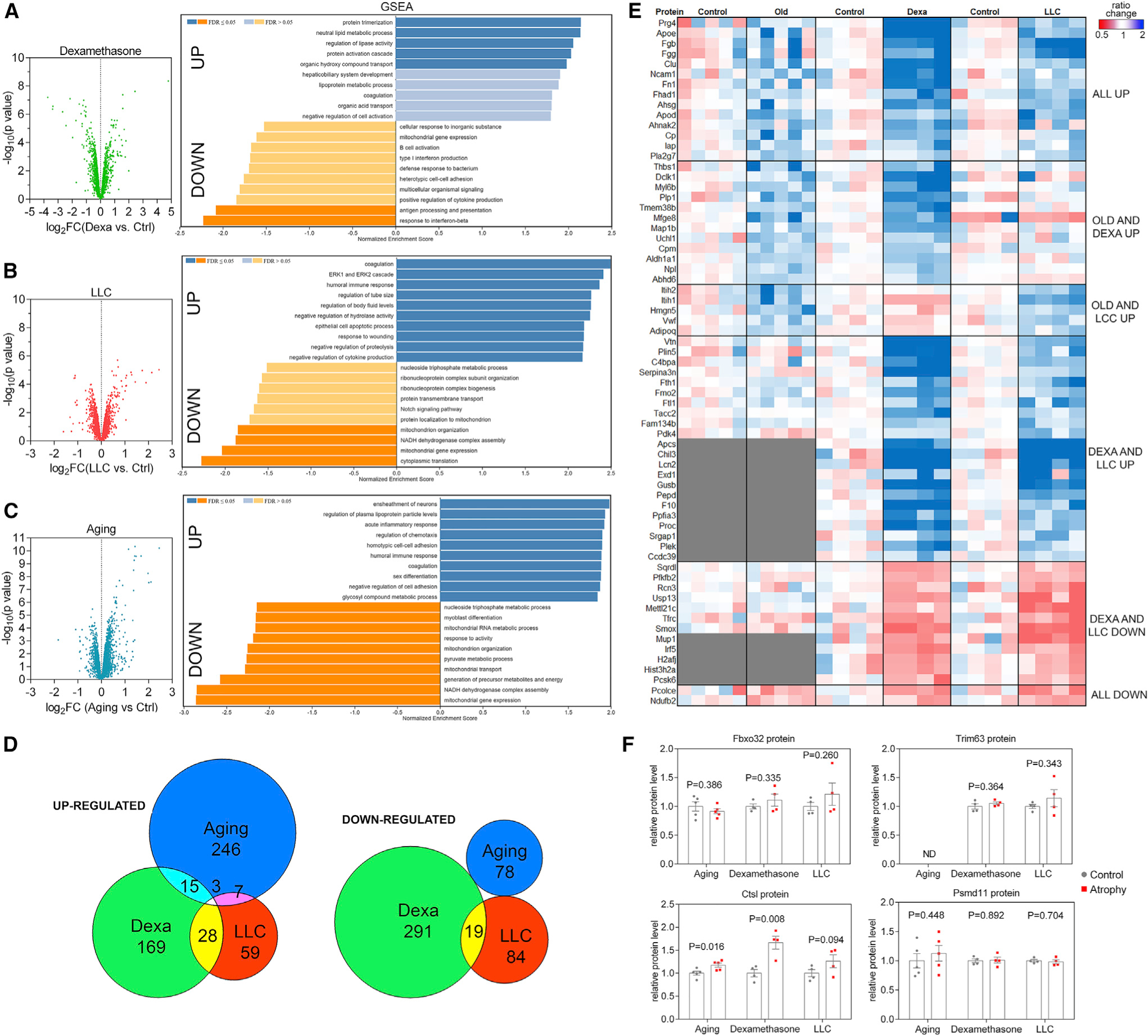Figure 3. TMT-mass spectrometry (MS) of skeletal muscles undergoing atrophy induced by dexamethasone, LLC cancer cachexia, and aging reveals distinct proteomic signatures of stimulus-specific atrophy.

(A–C) Volcano plots of TMT data and GSEA from TA muscles from (A) dexamethasone, (B) LLC cancer cachexia, and (C) aging.
(D) Comparison of significantly regulated proteins (p < 0.05 and log2FC > 0.3 for upregulated and log2FC < −0.3 for downregulated proteins) in distinct modes of myofiber atrophy. Relatively few of these up- and downregulated proteins showed overlap between dexamethasone, LLC cancer cachexia, and aging.
(E) Heatmap of the proteins which met the criteria above and shared overlap with at least 2 modes of atrophy.
(F) Atrogenes previously described as mediators of atrophy are not consistently regulated at the protein level.
